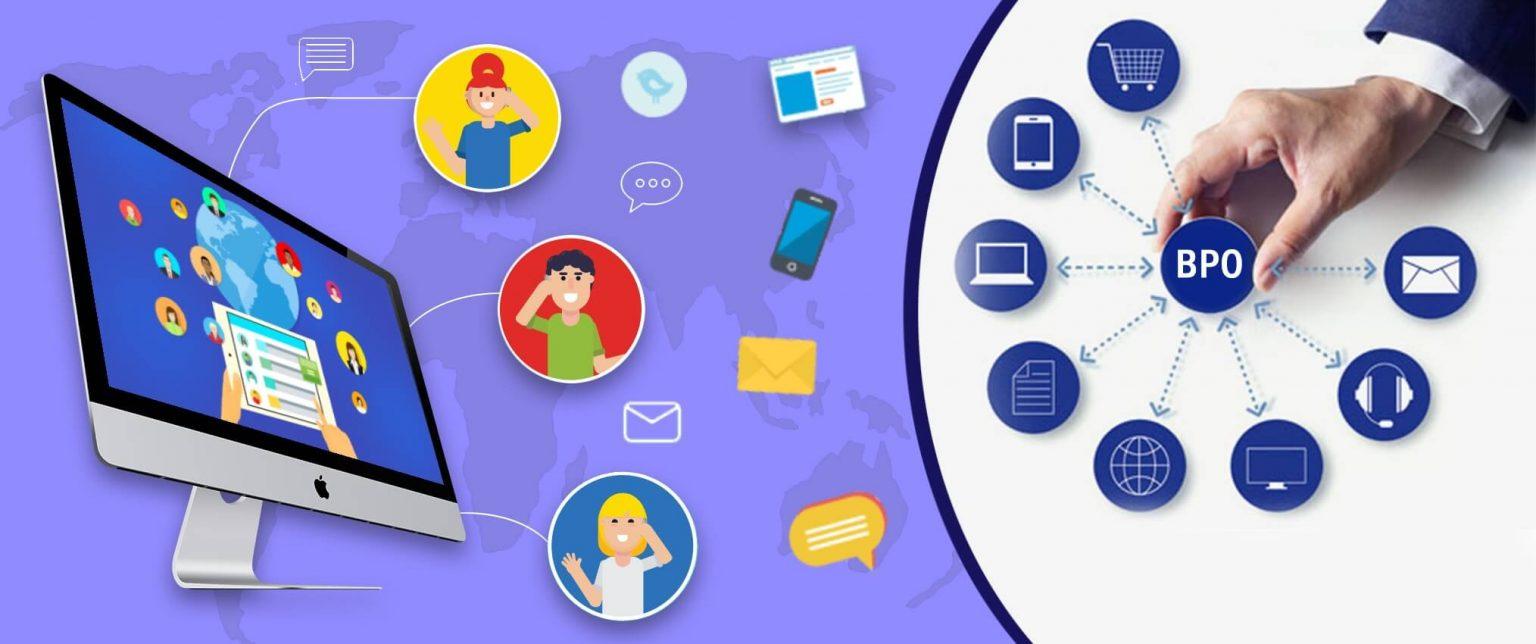Deconstructing the Diverse Streams of Business Process Outsourcing Services Revenue

The financial vitality of the BPO sector is sustained by a variety of sophisticated and flexible revenue models tailored to meet diverse client needs. The substantial flow of Business Process Outsourcing Services revenue is the lifeblood of an industry set to expand to USD 603.4 billion by 2032, a growth underpinned by a 9.6% CAGR. This revenue is generated not through a single, monolithic approach but through a spectrum of pricing strategies, from traditional time-and-materials contracts to advanced, outcome-based partnerships. Understanding these revenue streams is key to appreciating the economic mechanics of an industry that has mastered the art of aligning its financial success with the operational and strategic goals of its global clientele, ensuring a mutually beneficial relationship.
The most traditional and still widely used revenue model is the time-and-materials or full-time equivalent (FTE) model. Under this structure, the client pays a fixed rate for each agent or employee (FTE) dedicated to their project for a specific period. This model is straightforward, predictable, and ideal for processes where the workload is relatively stable and easily quantifiable, such as a dedicated customer support team. A variation of this is the transaction-based model, where the provider charges a fixed fee for each transaction processed, such as each invoice paid or each insurance claim handled. These models provide cost predictability for the client and a steady revenue stream for the provider.
However, the industry is increasingly shifting towards more sophisticated, value-driven revenue models. The outcome-based pricing model is a prime example of this evolution. In this arrangement, the BPO provider's compensation is directly tied to the business outcomes they achieve for the client. For instance, a collections service provider might be paid a percentage of the debt they successfully recover, or a sales support team might earn a commission on the leads they generate. This model creates a true partnership, as it aligns the provider's financial incentives directly with the client's business objectives, encouraging innovation and a proactive approach to process improvement and ensuring that revenue is tied to tangible value creation.
Another growing revenue stream is Business Process as a Service (BPaaS). This cloud-based model combines BPO services with a subscription to a specific software platform. Instead of just providing labor, the vendor offers an end-to-end solution that includes the technology, infrastructure, and personnel needed to execute a business process. Clients pay a recurring subscription fee, often based on usage, which provides them with a scalable, flexible, and technologically current solution without large upfront capital expenditures. This model generates predictable, recurring revenue for providers and is becoming increasingly popular for standardized processes like HR, payroll, and procurement, representing a significant future growth area for industry revenue.
Explore Our Latest Trending Reports:
India Security Operations Center (SOC) Market
- Art
- Causes
- Crafts
- Dance
- Drinks
- Film
- Fitness
- Food
- الألعاب
- Gardening
- Health
- الرئيسية
- Literature
- Music
- Networking
- أخرى
- Party
- Religion
- Shopping
- Sports
- Theater
- Wellness
